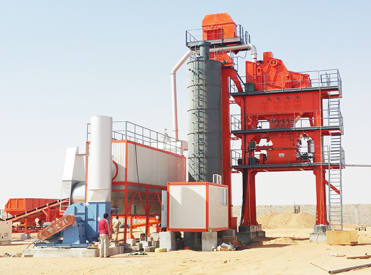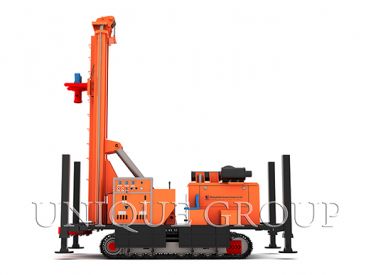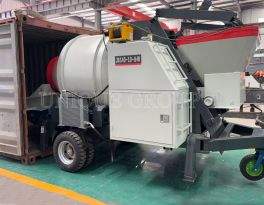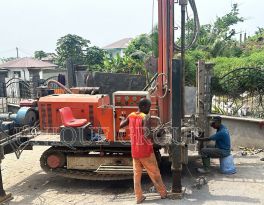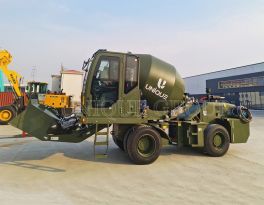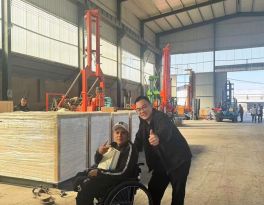
In modern construction, efficiency and precision are critical. Concrete batching plants are the backbone of infrastructure projects, ensuring consistent quality and timely delivery of concrete. The layout of a batching plant directly impacts its productivity, cost-effectiveness, and adaptability to different project sites. According to standardized steel structure design principles, batching plants can be classified into nine major layout types: I type, L type, C type, T type, J type, 2C type, 2J type, tower type, and double tower type.
In this article, we will explore the definitions, features, applications, advantages, and disadvantages of each layout. We will also highlight how Unique Group, a global leader in construction machinery, provides tailored solutions to meet diverse project requirements.
Definition: The aggregate feeding belt is aligned in a straight line with the batching machine, forming an “I” shape.
Features: Compact, straightforward design.
Applications: Suitable for narrow, elongated sites.
Advantages: Saves space, simple logistics.
Disadvantages: Limited flexibility for expansion.
Definition: The batching machine and feeding belt form an “L” shape. Features: The plant body is arranged at a right angle.
Applications: Works well in rectangular sites.
Advantages: Flexible truck movement, easy material flow.
Disadvantages: Requires more land compared to I type.
Definition: Feeding belt is positioned at the back of the main plant, forming a “C” shape.
Features: Cement silos are often placed above the platform.
Applications: Ideal for medium to large projects.
Advantages: Centralized dust collection, energy savings of up to 30%.
Disadvantages: Limited silo size, more complex structure.
Definition: The batching machine and feeding belt form a “T” shape.
Features: Long belt conveyor, parallel material yard.
Applications: Narrow sites with high throughput demand.
Advantages: Efficient truck passage, clear material flow.
Disadvantages: Requires longer belts and larger land area.
Definition: Cement silos are placed on both sides of the main plant, forming a “J” shape.
Features: Balanced distribution of silos.
Applications: Rectangular sites, often for dual-station setups.
Advantages: Flexible arrangement, balanced load.
Disadvantages: Higher steel structure cost, platforms cannot be shared.
Definition: A dual-station version of the C type, arranged symmetrically.
Features: Two plants share the same mixing and weighing platform.
Applications: Large-scale projects requiring high output.
Advantages: Saves steel structure cost, doubles efficiency.
Disadvantages: Requires large site, complex logistics.
Definition: A dual-station version of the J type.
Features: Two plants share cement silos but have independent platforms.
Applications: Large projects with flexible production needs.
Advantages: Saves silo cost, adaptable.
Disadvantages: Higher overall cost, less platform efficiency.
Definition: The mixing unit is located directly under the aggregate storage, relying on gravity feeding.
Features: Vertical arrangement, compact footprint.
Applications: Urban projects with limited land and strict environmental standards.
Advantages: Energy-saving, low noise, minimal dust, small land use.
Disadvantages: Complex structure, limited silo capacity.
Definition: Two tower-type plants arranged side by side.
Features: Independent operation with shared infrastructure.
Applications: Mega projects such as airports, dams, and highways.
Advantages: Extremely high productivity, minimal land use, eco-friendly.
Disadvantages: High investment cost, complex maintenance.
Selecting the right batching plant layout depends on:
Available land size and shape (narrow vs. rectangular vs. urban compact)
Production capacity requirements (single vs. dual station)
Environmental regulations (dust, noise, emissions)
Budget and investment scale
For example:
Narrow sites → I type or T type
Rectangular sites → L type, C type, J type
Large-scale projects → 2C or 2J type
Urban or eco-sensitive areas → Tower or Double Tower type
When it comes to implementing these layouts in real-world projects, expertise and customization are essential. Unique Group is a leading construction machinery manufacturer with decades of experience in designing and delivering concrete batching plants, self-loading mixers, crushers, and other heavy equipment.
Global Reach: Serving clients in Asia, Africa, Latin America, and beyond.
Tailored Solutions: Custom plant layouts to match site conditions and project requirements.
Advanced Technology: Energy-efficient designs, automated control systems, and eco-friendly solutions.
After-Sales Support: Comprehensive training, spare parts, and maintenance services.
By combining standardized steel structure design with Unique Group’s engineering expertise, clients can achieve higher productivity, lower operational costs, and long-term reliability.
The layout of a concrete batching plant is not just a matter of design—it is a strategic decision that influences efficiency, cost, and sustainability. From the compact I type to the advanced double tower type, each layout has its own strengths and limitations.
With the support of industry leaders like Unique Group, construction companies can select the most suitable layout and benefit from cutting-edge technology, professional guidance, and global service.
Whether you are building highways, bridges, or urban infrastructure, choosing the right batching plant layout is the first step toward success.
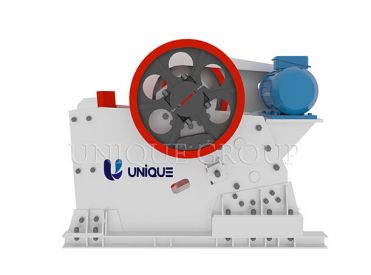
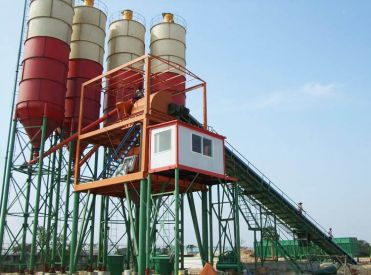
.jpg)
